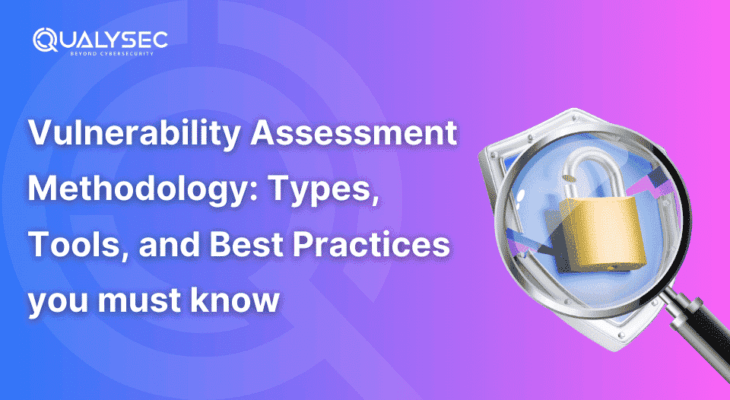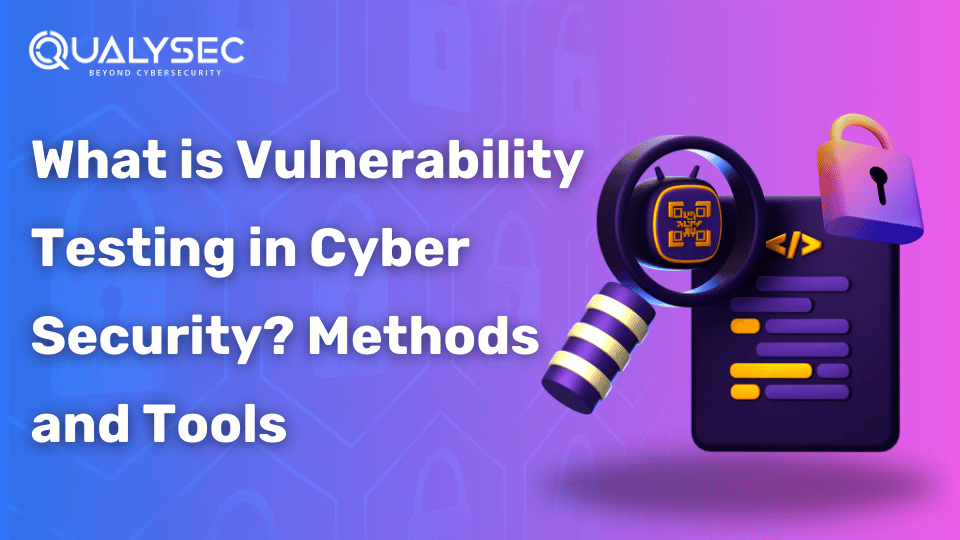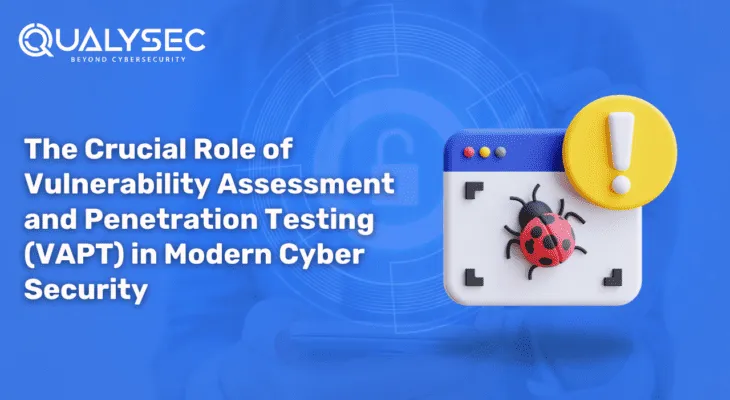Vulnerability Assessment Methodology: Types, Tools, and Best Practices
In the current digital era, cybersecurity is not exclusively an IT issue; it’s part of the basic business requirement. The growth in cyberattacks, data breaches, and malware has pointed out the immediate necessity for organizations to protect their networks, applications, and data. Vulnerability assessment is one of the most critical processes in identifying potential security weaknesses in a system and safeguarding against attacks. It involves systematically evaluating IT systems, identifying vulnerabilities, and providing actionable steps to resolve them. In this comprehensive guide, we’ll explore vulnerability assessment methodology, the different types of vulnerability assessments, the best tools available, and best practices for conducting these assessments. We will also look into how cybersecurity companies like Qualysec can assist you in the process. What is a Vulnerability Assessment? Vulnerability assessment is the process of identifying, quantifying, and prioritizing (or ranking) the vulnerabilities in a system. The aim is to discover security holes before cybercriminals do. These tests typically use automated scanning tools, penetration testing, or manual inspection. Some of the vulnerabilities are outdated software, weak passwords, unpatched systems, or incomplete network configurations. Once these vulnerabilities are identified, they are ranked according to the risk level and pentesting experts provide recommendations for remediation. Key objectives of a vulnerability assessment include: The Difference Between Vulnerability Assessment and Risk Assessment It’s crucial to understand the difference between a vulnerability assessment and a risk assessment, as these terms are frequently confused, even though they have distinct functions. Vulnerability Assessment – This is the process of scanning a system for any technical weaknesses. It involves identifying vulnerabilities in software, hardware, or configurations that could potentially lead to security breaches. Risk Assessment – Where vulnerability assessments help identify weaknesses, risk assessments help measure the likelihood and possible impact of those weaknesses being exploited. This process takes the value of the asset at risk, threats that may affect it and what will be the impact of a breach to determine which vulnerabilities need higher priority for remediation. In summary, vulnerability assessments are a part of the broader risk assessment process. You can think of risk assessments as a more holistic approach that incorporates vulnerability management as one of its elements. Purpose of Vulnerability Assessments Risk assessments are very important in making your organization secure. They enable you to discover threats in your structure that the intruders may exploit no matter if they are from the outside or within your institution. Here are the main purposes: Types of Vulnerability Assessment It is possible to make several distinctions on types of vulnerability assessments as they depend on the focus areas. Each type proves important as part of your protection plan. Here are the main types: 1. Network-based Vulnerability Assessment This type concentrates on finding vulnerabilities within a network infrastructure, which includes routers, switches, firewalls, and other connected devices. Network assessments are essential for preventing unauthorized access to both internal and external systems. 2. Web Host-Based System Vulnerability Assessment Host-based vulnerability assessments focus on specific nodes like servers, PCs, and workstations to detect preparedness for attacks. This process includes running a scan against operating systems, checking the patches, and identifying problems with configuration. 3. Wireless Vulnerability Assessment Wireless networks are at times prone to the following security threats: weak encryption, installation of unauthorized access points, and improper network settings. This kind of assessment is meant to consider some weak points in your wireless infrastructure. 4. Application-based Vulnerability Assessment Applications, particularly web-based ones, are normally targeted by attackers. This assessment type is useful in instances where basic problems such as cross-site scripting (XSS), SQL injection, and other web-related risks that may compromise data are not easily identified. 5. Database vulnerability assessment The most crucial data in an organization are stored in databases. A database vulnerability assessment is mainly concerned with the weaknesses that can be realized in the storage, protection, and setup of databases. 6. Penetration testing or cloud vulnerability assessment While establishing new clouds more organizations are developing their business around clouds hence the need to secure cloud environments. A kind of assessment that scans cloud structure for compliance, data leakage, and other misconfigurations. What Types of Threats Does Vulnerability Assessment Identify? Vulnerability assessments can reveal a range of security threats, such as: Step-by-Step Vulnerability Assessment Methodology Here’s a straightforward approach to effectively conduct a vulnerability assessment: Planning and Scoping: Identify which systems, applications, or networks need to be audited. It involves making a clear definition of what should be done and how it should be done and assembling all the required resources. Scanning: There is a need to use applications that can perform a vulnerability audit over the system, network as well as applications. Here, tools like Nessus or Nikto should be helpful. Identifying Vulnerabilities: What kinds of security problems can be anticipated: scan the findings to identify them. They should be grouped by the vulnerability level in which they are located namely; Low, Medium, High, and Critical. Prioritizing Vulnerabilities: As already stated some of the vulnerabilities may be considered important while others are not. Organize them depending on the extent of harm they could cause to your organization if they occur. Remediation: Adopt ways and means to address the exposures. This may entail fixing software, altering settings, or even applying security patches. Reporting: The VA Report highlights the identified vulnerabilities during the test, along with the associated risks and recommended remediation methods. Re-testing: In this case, they should later run another scan to be sure that all threats that were identified have been dealt with and that there are no new threats. Latest Penetration Testing Report Download Top Vulnerability Assessment Tools Vulnerability assessment tools play a crucial role in pinpointing potential threats and weaknesses. Here are some of the leading tools: Vulnerability Assessment Best Practices To maximize the effectiveness of vulnerability assessments, adhere to these best practices: How Can Qualysec Assist You? Qualysec is a trustworthy cybersecurity company that offers numerous vulnerability assessment solutions. They employ sophisticated instruments and processes to analyze and assess all






